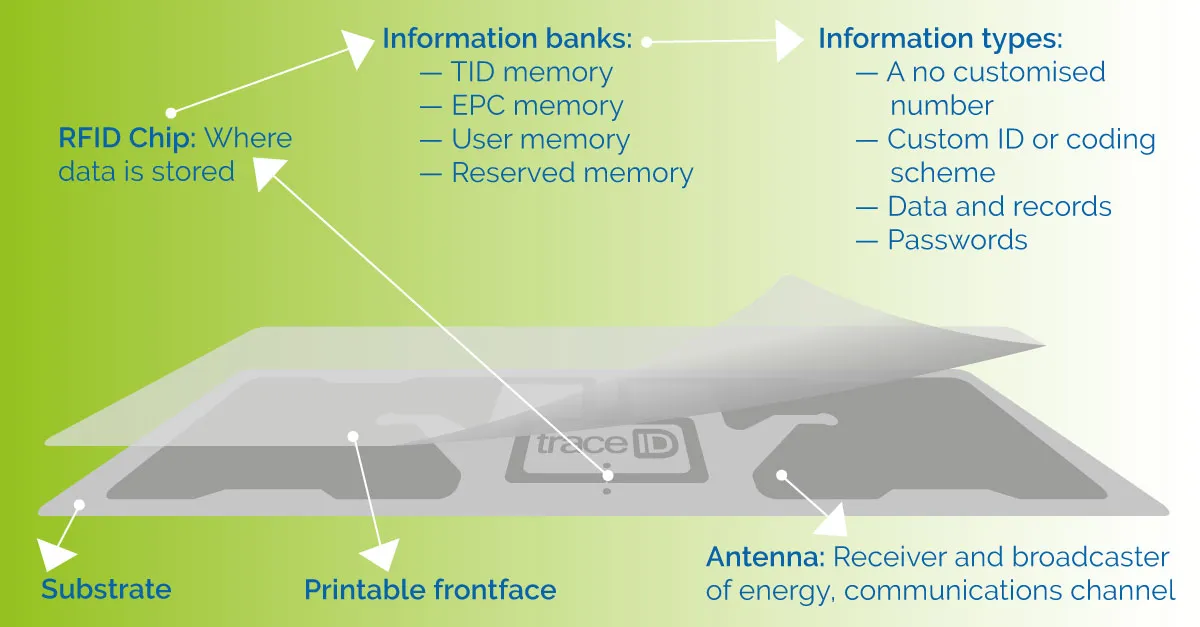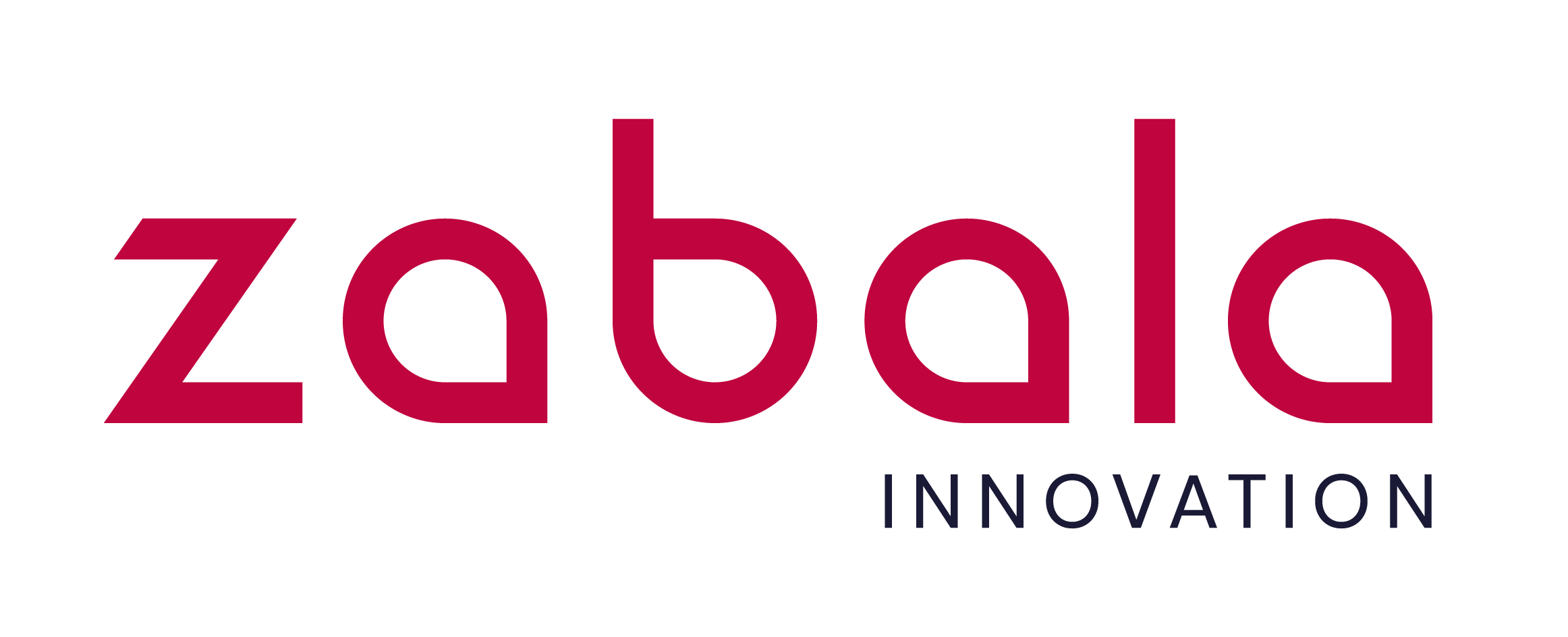How does RFID encoding work? The what and why of RFID encoding
Talking about the what and why of RFID encoding is talking about the purposes of RFID communications. Along the process of designing an RFID system, it arrives the time to decide what information is relevant to store in the RFID tag, and what should be stored in the cloud-hosted database that is associated with the RFID identifier.
This decision resumes the main purposes for the whole RFID system we are building. This is the reason for this article, since knowing how RFID encoding works is to be able to anticipate all the uses we can take advantage of RFID technology.
Features of RFID encoding
As you surely already know, an RFID tag is basically composed of a chip embedded in an antenna on a substrate, and various materials like adhesive, base and front-face.
The UHF RFID chip can have up to 4 memory banks to encode 4 types of information. But not necessarily each type of information belongs to one memory bank. Let’s see one by one.

Memory banks
- TID memory: In the TID memory, the chip manufacturer records the chip identification number, which identifies the chip manufacturer, the chip type, and the individual chip. Consequently, each RFID tag has a unique ID. This number cannot be rewritten or changed after manufacturing. Commonly, the TID memory number is 32 to 160 bits long.
- EPC memory: Electronic Product Code (EPC) ranges from 96 bits to 496 bits, the most common lengths are 96 bits and 128 bits. The EPC memory bank is the fastest to read and is rewritable. The Gen2 RFID standard of the EPC was created to complement or replace barcodes, that is why this number is associated with the product at the same time as the individual characteristics of the article. It can contain information written in ASCII as long as it is no longer than 96 or 128 bits.
- User memory: Not all the chips have User memory, its length can vary from 0 to 512 bits. Originally it was thought for storing data like batch numbers or expiration dates, nowadays it is used to add more information if the EPC bank is not enough. User memory bank, when existing, is empty from the manufacturer.
- Reserved bank: This bank contains the access and kill passwords of 32 bits each one. The access password is used to avoid the rewrite by not authorised person. The kill password is used to deactivate the RFID tag.
Types of information
- A number that doesn’t can be customised: This one perfectly could be the TID number. The TID number is initially set by the manufacturer, as we have said before. It contains the numbers that are assigned to the manufacturer and the kind of chip. Actually, it is a number that says nothing by itself about the tagged item, but thanks to the RFID system’s software it could be associated with relevant information in a database.
- A custom ID or coding scheme: You can tag an item with a Universal Code of Product (UPC) onto EPC memory or User memory bank indistinctly. This practice is common in applications of low complexity where the number correlates directly with the tagged item. On the other hand, a coding scheme such as «Serialised Global Trade Item Number» (SGTIN) or as «Global Returnable Asset Identifier», set standards for encoding RFID tags on items that travel to different locations, so these items can be individually identified.
- Data and records: data that is needed to store at the customer’s convenience.
- Passwords: Acces and kill passwords.
Who encodes a tag?
As we have said, the TID comes with the chip. The other banks could be encoded while manufacturing the tags by the RFID consumables manufacturer or could be encoded by the end customer in its facilities. In both cases, an RFID printer-encoder is needed. At Trace-ID we work with SATO and Zebra RFID printers/encoders.
Contact us for more information focused on your needs. If you wish to receive information about RFID technology, subscribe to our magazine.






